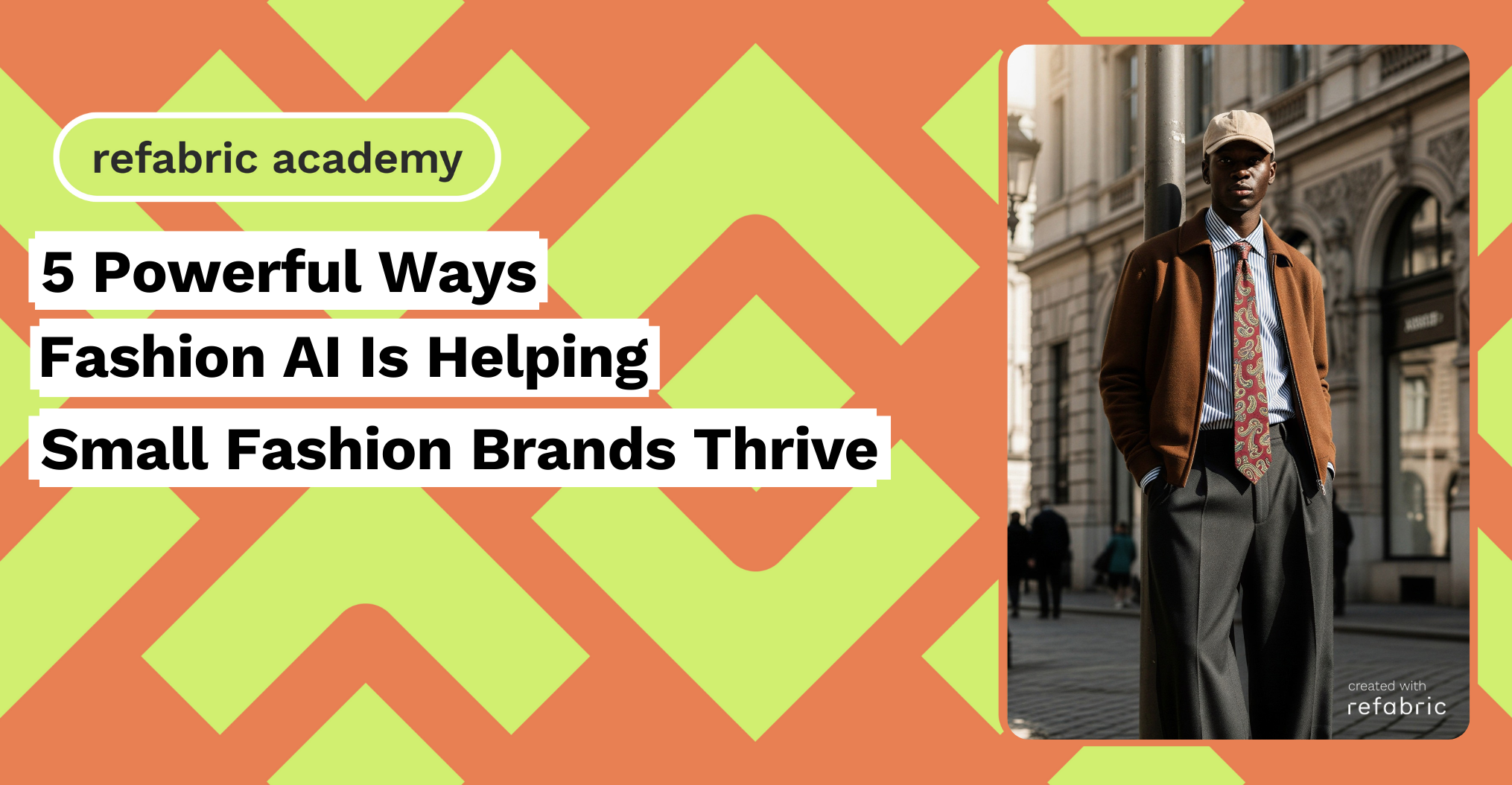Fashion AI is no longer just the domain of luxury houses or tech-savvy conglomerates. Today, small fashion brands and independent designers are embracing AI to level the playing field, reduce costs, and unlock new creative possibilities. As the fashion landscape evolves rapidly, AI technologies are giving boutique labels and solo creators access to tools that empower them to compete, innovate, and connect with customers like never before. Here are five powerful ways fashion AI is helping small fashion brands not just survive, but thrive.
1.Accessible Technology Breaks Down Barriers
Independent fashion brands often operate without the deep budgets, in-house teams, or global infrastructure of their larger competitors. Fashion AI is helping dismantle those barriers by offering affordable, user-friendly tools that streamline the design and production process. Whether it’s generating high-quality design concepts, editing digital patterns, exploring new textures, or testing color combinations, fashion AI allows small teams to do more with less. Brands no longer need to outsource technical design or rely on expensive prototyping, they can create in-house, on-screen, and on their own terms. The result is high-level creativity and execution at a fraction of the cost.
2.Real‑Time Trend & Consumer Insights with Fashion AI
Traditionally, gaining access to trend forecasting and consumer behavior insights required significant investment, often only feasible for large fashion houses. Fashion AI has flipped that script. Now, even the smallest brands can leverage AI-powered analytics to scan social media, runway shows, and global e-commerce platforms for real-time data on what’s trending.
From silhouettes and fabric choices to cultural aesthetics and sustainable preferences, AI tools surface actionable insights that help designers make smarter, faster decisions. This data-driven approach eliminates guesswork and enables small brands to develop collections aligned with what customers truly want whether that’s inclusive sizing, sustainable materials, or bold, expressive designs.
3.Bridging Creativity and Commerce through Digital Innovation
Scaling a brand while staying true to its creative identity is one of the biggest challenges for emerging designers. Fashion AI makes this balance possible by bridging creativity and commerce through digital innovation. For example, small brands can now integrate AI-generated visuals, diverse digital models, and immersive tools like virtual showrooms to elevate their online presence. These assets help deliver rich, inclusive shopping experiences that resonate with modern consumers and match the polish of much larger competitors. Without the burden of physical samples or costly photo shoots, brands can showcase products quickly and beautifully, all while maintaining their distinct creative voice.
4.Optimized Processes and Lean Production
Fashion AI automates traditionally time-consuming tasks such as fabric selection, pattern generation, grading, and sizing adjustments, allowing designers to focus on what they do best, designing. For small labels with limited resources, this means a faster path from concept to collection, reduced sampling waste, and smarter inventory decisions.
Leaner production models also allow brands to pivot quickly based on customer feedback or shifting trends, ensuring agility in a competitive market. Ultimately, fashion AI helps reduce overhead while improving efficiency, a win for both creativity and the bottom line.
5.Empowering a New Generation of Next Generation of Designers
Perhaps the most exciting impact of fashion AI is how it’s empowering the next generation of designers. By lowering the barriers to entry, simplifying production, and offering creative tools once only available to big brands, AI is democratizing fashion design. Emerging creatives from around the world now have the opportunity to launch labels, experiment with culturally rich aesthetics, and connect directly with niche communities. Fashion AI gives them the infrastructure to express their vision globally without compromising authenticity or draining resources. Small brands are no longer playing catch-up. With AI, they’re leading with innovation, storytelling, and purpose.
The Future is Bright for Small Brands with Fashion AI
Fashion AI is not just a trend, it’s a transformative shift in how fashion is conceived, created, and delivered. For small fashion brands, it offers the power to operate smarter, scale faster, and design more sustainably. Whether you’re launching a new label or growing a boutique brand, embracing fashion AI can help you stand out in a crowded marketplace and build a future where independent creativity thrives alongside technological innovation.
